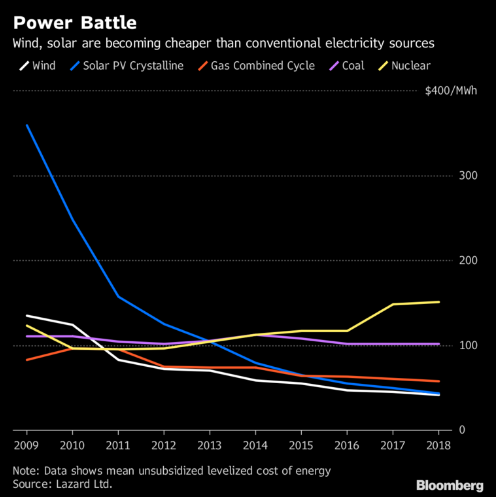Sungzu Xiaobian does not know whether the netizens have carefully observed their own power nameplate. After we get the power supply, we will see if there is any relevant certification. Each power supply has a lot of certified LOGO logos. How many netizens can know which certifications their power supplies have passed? What is the significance of these certifications? Next, Xiaobian will explain the meaning of these certification marks.
Power rating plate certification mark
First: CE certification mark

In the EU market, the “CE” mark is a compulsory certification mark. Whether it is a product produced by an enterprise within the EU or a product produced by another country, in order to freely circulate in the EU market, the “CE” mark must be affixed to indicate the product. It meets the basic requirements of the EU Directive on Technology Coordination and Standardization. This is a mandatory requirement for products in EU law.
CE certification, that is, only the product does not endanger the basic safety requirements of human, animal and goods safety, rather than the general quality requirements, the coordination directive only specifies the main requirements, the general directive requirements are standard tasks. Therefore, the exact meaning is that the CE mark is a safety pass mark and not a quality pass mark. It is the “main requirement” that constitutes the core of the European Directive.
Second: FCC certification mark

The FCC certification is easy to understand and is a compulsory certification in the United States. Electronic and electrical products exported to the United States must pass the FCC certification before they can be sold through the US Customs and in the United States!
FCC certification is divided into three categories according to various products.
1. FCC ID certification
Specifically for wireless products, the certificate is issued by the US TCB agency. When applying for certification, the enterprise first needs to apply for the Code code. The certification company issues a test report for the product inspection, and the TCB agency audits the certificate. This cycle is relatively long, about 4 weeks. about
2. FCC VOC certification
These products are specially certified for ordinary electronic and electrical products. The main test is radiation. After passing the test, the third-party testing agency will issue reports and certificates. The cycle is relatively fast, about 1 week.
3. FCC DOC certification
Mainly for IT products, computers and computer peripheral products. This kind of test project is more complicated, the certification period is moderate, about 1-2 weeks
Third: ROHS certification mark
RoHS is a mandatory standard enacted by EU legislation, and its full name is the Restriction of Hazardous Substances (Restriction of Hazardous Substances). The standard was officially implemented on July 1, 2006. It is mainly used to standardize materials and process standards for electrical and electronic products, making it more conducive to human health and environmental protection. The purpose of this standard is to eliminate lead, mercury, cadmium, hexavalent chromium, polybrominated biphenyls and polybrominated diphenyl ethers in electrical and electronic products (Note: the correct Chinese name for PBDE refers to polybrominated diphenyl ethers, and polybrominated diphenyl ethers are wrong. A total of 6 substances, with a focus on the lead content of not more than 0.1%.
Fourth: National 3C certification mark

The 3C certification is called the “Compulsory Product Certification System”. It is a product conformity assessment system implemented by the Chinese government to protect consumers’ personal safety and national security, strengthen product quality management, and implement laws and regulations. The so-called 3C certification is China’s compulsory product certification system.
3C certification is divided into four categories according to different products:
The first is the security certification identifier suffix identifier is “S”
The second type is the EMC mark with the suffix labeled “EMC”
The third type is the fire certification mark, and the suffix mark is “F”.
The fourth is the safety and electromagnetic compatibility mark, and the suffix mark is “S&E”.
These four 3C certification marks have five different sizes of specifications. What we see on the power supply is the “Safety and Electromagnetic Compatibility Certification Mark”.
The above three types of power certification, 3C certification is a national mandatory standard, refers to the standards that must be passed for power products produced in China, and other international non-mandatory standards, so it is recommended that you purchase more comprehensive certification of power products.







